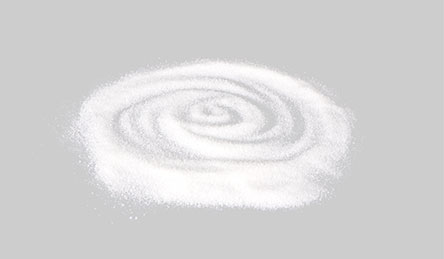
Search


Wax is a fascinating and versatile substance that has found its way into various aspects of our lives, from candles to cosmetics and even industrial processes. While we often associate wax with its solid or semi-solid state, it's intriguing to explore what happens when wax is exposed to heat and reaches its boiling point. In this blog post, we'll delve into the concept of the boiling point of wax, its scientific implications, and its practical applications.
The boiling point of a substance is the temperature at which it changes from a liquid to a vapor throughout the entire liquid. In the case of wax, which is composed of complex hydrocarbons, different types of waxes have varying boiling points due to their molecular structures. When wax is heated to its boiling point, the energy supplied to it overcomes the intermolecular forces holding the molecules together, causing them to break free and transform into vapor.
Candle making is one of the most well-known applications of wax, and understanding its boiling point is crucial in this process. As the wax is heated and reaches its boiling point, it transforms into vapor, which is then burned when a wick is introduced. This combustion process is what produces the light and heat of a candle. The specific type of wax used in candle making is chosen based on its boiling point, melting characteristics, and burn properties to create candles that burn efficiently and cleanly.
Wax depilation, commonly known as waxing, is a popular method of hair removal in which warm wax is applied to the skin and then removed, along with unwanted hair, when the wax cools and solidifies. The temperature at which the wax is applied and removed is crucial. If the wax is too hot, it can cause burns; if it's too cool, it won't adhere properly. Proper temperature control ensures that the wax effectively grips the hair and adheres to the waxing strip, providing efficient and less painful hair removal.
Beyond cosmetic and artistic applications, wax's boiling point plays a significant role in various industrial processes. In the food industry, wax is used to coat fruits and vegetables, extending their shelf life and preventing moisture loss. Wax coatings can also be found on cheeses to protect them from drying out during storage. Additionally, wax is used in the casting of metal parts and components through the "lost wax" process, where a wax model is coated in ceramic, heated to allow the wax to melt and escape, and then filled with molten metal.
The boiling point of wax affects its viscosity, or thickness, when melted. Waxes with lower boiling points tend to have lower viscosities, making them easier to work with in applications like candle making and cosmetics. Higher boiling point waxes, on the other hand, have thicker viscosities and are used in applications that require more durable coatings or adhesives.
The boiling point of wax is a fundamental aspect of its behavior, dictating how it transforms from a solid or liquid into a vapor. This characteristic has a profound impact on various applications, ranging from candle making and depilation to industrial uses in food preservation and metal casting. Understanding the boiling point of wax not only helps us harness its properties effectively but also highlights the intricate science behind this versatile substance.
Explore our website to discover the possibilities and take the first step towards achieving your goals. Don't hesitate to contact us. We look forward to serving you!